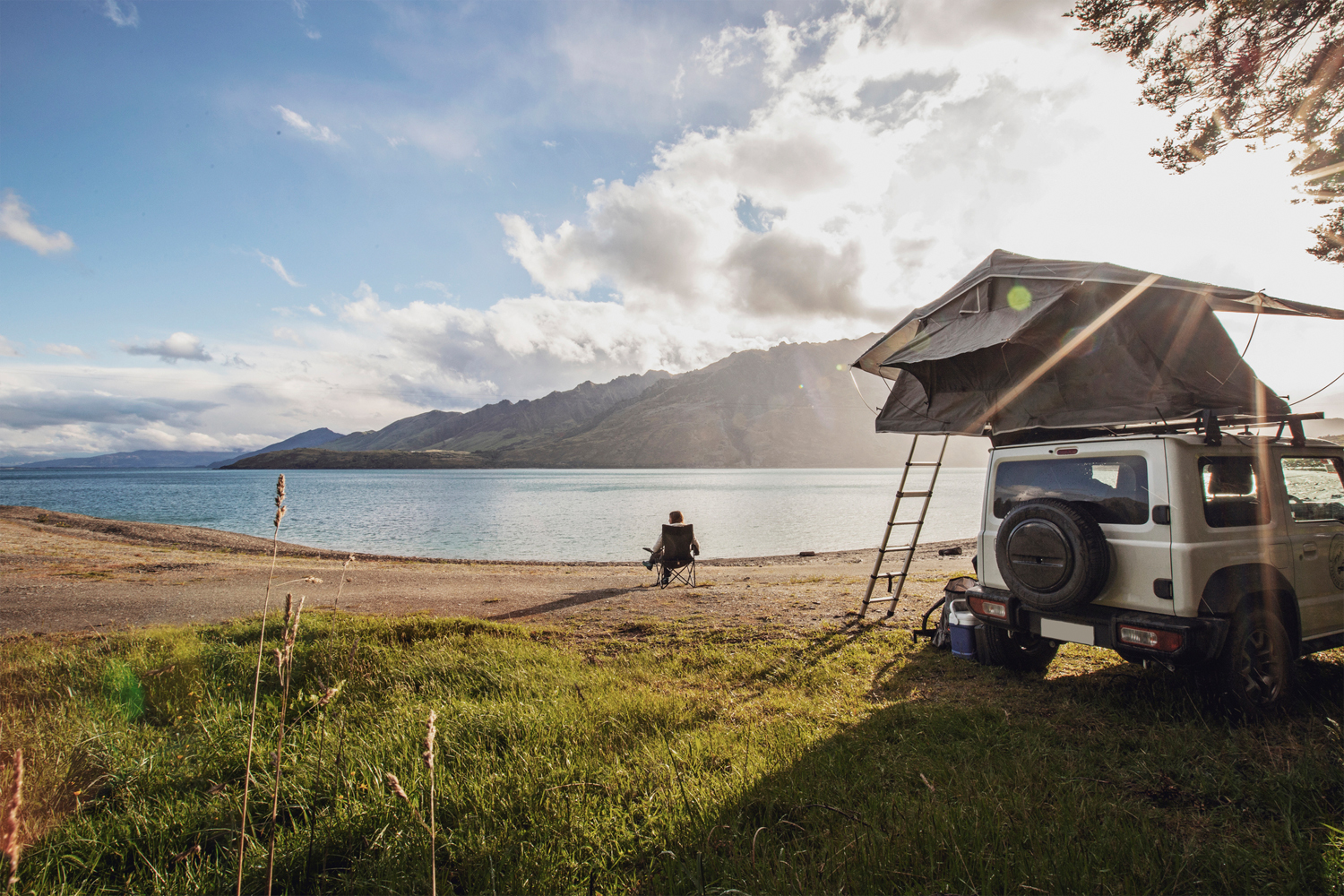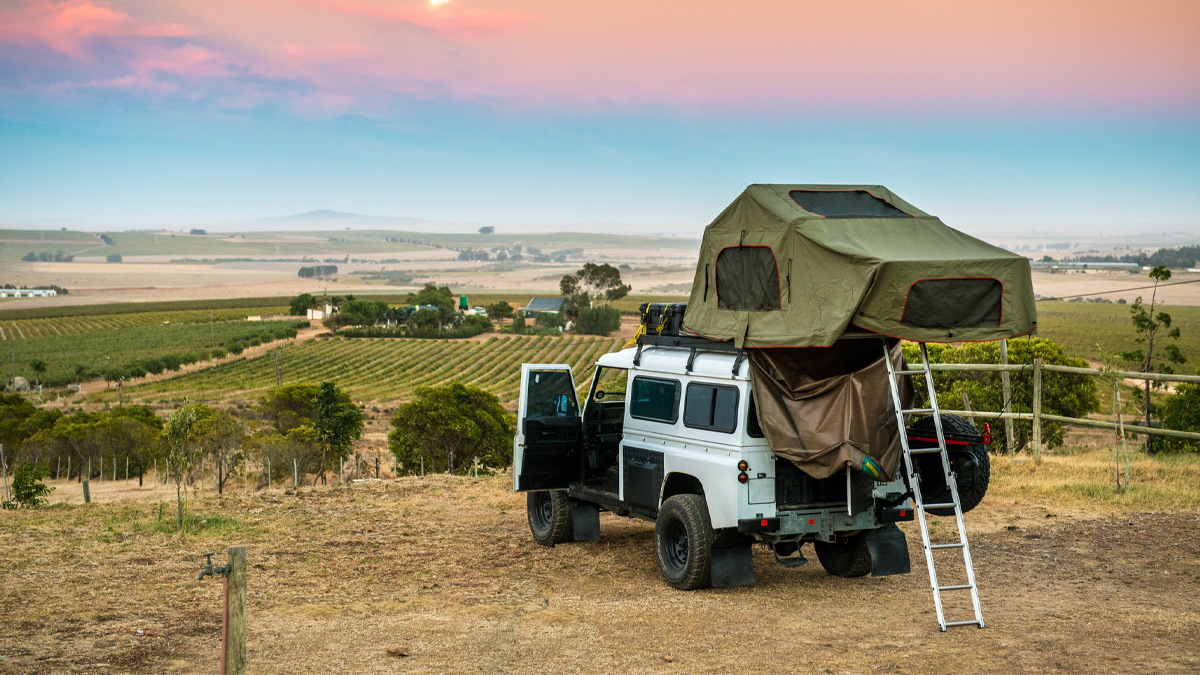I woke up this morning and chose violence. After rolling out of bed only to find myself perusing Instagram over breakfast, my feed filled with images of pseudo-outdoorsy influencers peddling superfluous goods. There were endorsements for designer water bottles and reviews of garish hiking boots, all of which are common nowadays. But then I noticed a number of posts featuring rooftop tents (RTTs), a segment of the outdoors that continues to grow in popularity for reasons unbeknownst to me.
It was at that moment that I decided to take a stand. These structures, while useful in some very specific circumstances, are an overhyped expenditure with numerous downsides that somehow evade criticism. And unless you spend nearly every day in the backcountry removed from society like the second coming of Christopher McCandless, I can assure you that you don’t need one.

Opinions of rooftop tents tend to range from “they’re really cool” to “not my style,” but what surprised me most was how many people started buying them during the pandemic.
While living on the west coast only minutes from Yakima’s headquarters and a few hours north of Cascadia Vehicle Tents (CVT), I saw trucks, SUVs (like mine), and even sedans donning tents on every street corner. Many of their owners presumably label themselves outdoorists. And that concerns me in a country suddenly overflowing with outdoor newcomers that don’t know the territory. They buy top-of-the-line gear assuming it’s the norm when in reality, it isn’t.
I’m not trying to suggest that RTTs are entirely pointless. They were first used primarily in the African bush and Australian Outback, where elevated platforms served as a safe place to avoid encounters with wildlife such as lions, tigers, snakes and spiders. They also provide shelter against inclement weather, especially when the ground is wet or covered in snow. I too have slept in one on occasion. But I’ve never owned one and I never will.
I’ve been an outdoor writer and editor for years, covering everything from backpacking and photography to outerwear and knives. For even longer I’ve spent time backpacking across the west coast, mountaineering a handful of small peaks, surfing in chilly Pacific waters and running to no end. I’ve camped in the backcountry and at designated campsites, and I’ve slept in my car more times than I can count — all without a rooftop tent, and I’m no worse for wear. Some experiences involved close encounters with wildlife and less-than-ideal weather conditions, but never has an experience led me to consider a RTT. If anything, these encounters have made me an outdoorsman better suited for the moments I can’t predict.
The way I see it, there are three practical reasons why carrying a rooftop tent is silly.
First, we live in a country where the vast majority of us travel to national and state parks by car. While apex predators such as bears and mountain lions exist, they’re mostly harmless in populated areas if you follow the rules. When my partner and I backpacked through Yosemite last summer, we were told that bears visit the backpackers’ campground almost every night, but that we need only store our food properly and make noise to scare them away (a bear never did pay us a visit, by the way). So your RTT is probably not a necessary means of protection wherever you bring a car.
Second, the idea that rooftop tents are more comfortable than anything you’d put on the ground is a fallacy when you consider the camping equipment available today. Camp mattresses feature layers of memory foam, modern tents are the size of my NYC apartment and amenities from decorative rugs to light fixtures are plentiful. Not to mention an entire camping setup, complete with creature comforts, costs a fraction of what an RTT does.
Finally, and most importantly, a rooftop tent can destroy your car if you don’t know what you’re doing (and many novices don’t). Averaging over 100 pounds, you’ll need a set of heavy-duty crossbars rated for the weight, not to mention a second person to help put on and take off the tent every time you use it. The weight can also add stress to your car’s suspension, causing systems to wear more quickly, and your gas mileage is sure to take a hit.
Keep in mind, these drawbacks don’t take into account the upfront cost of a rooftop tent, the cost to replace parts and fabrics that will inevitably fail, the space you need to store your tent and the inability to leave it behind at the campsite for the day. The way I see it, the cons don’t outweigh the pros no matter how you slice it.
At this point, I probably sound like a curmudgeon or, better yet, an outdoor purist. But as the outdoor community expands at an alarming rate, so too are newcomers buying into the idea that they need the biggest and best equipment on the market. A rooftop tent is not the cure for protection, comfort or lack of experience. Car camping, road trips and even dispersed camping are wonderful experiences when you use a traditional tent, influencers be damned.
Resist the temptation. Don’t buy a rooftop tent.
This article appeared in an InsideHook newsletter. Sign up for free to get more on travel, wellness, style, drinking, and culture.























